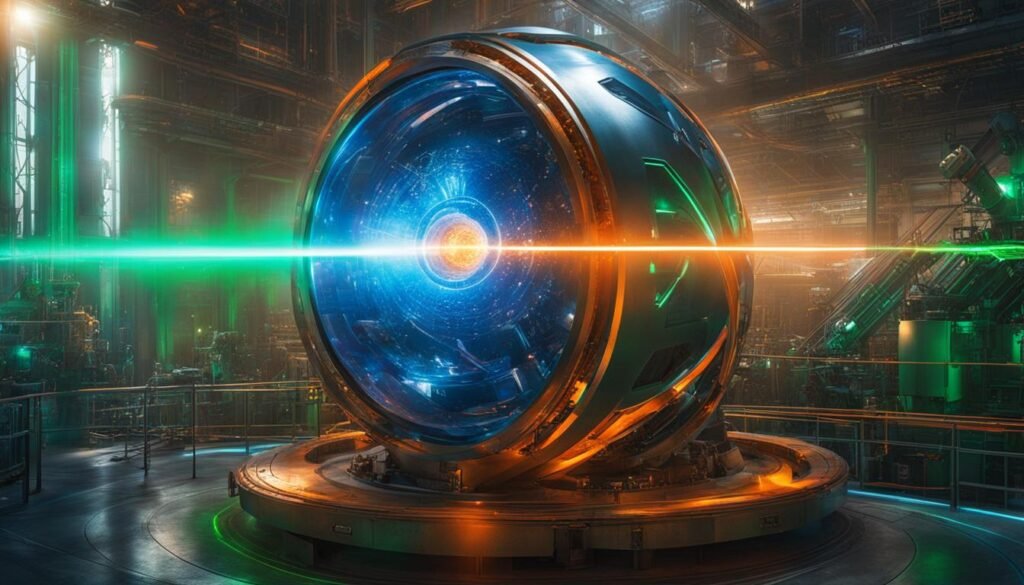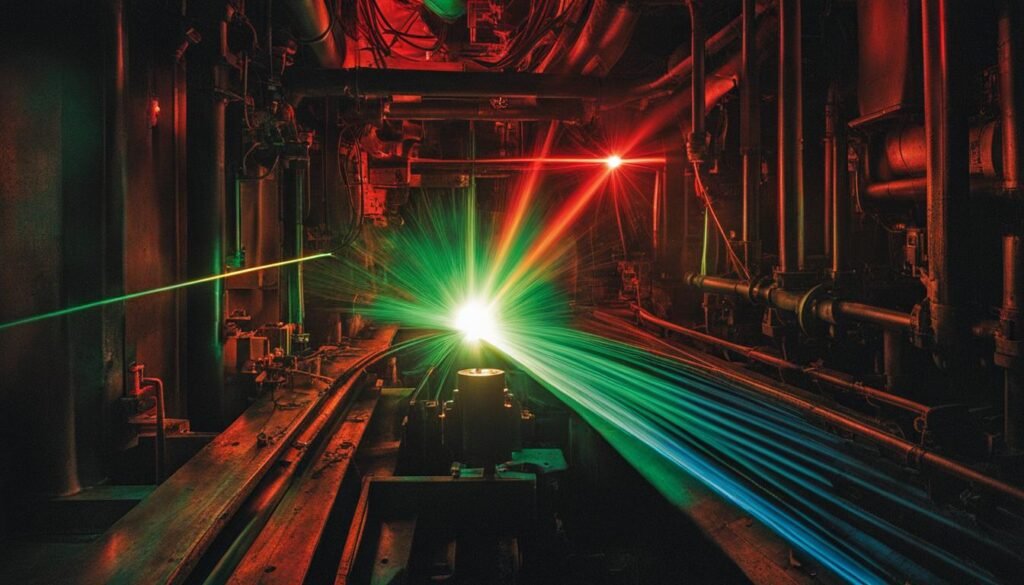Understanding Laser Synthesis of Nanoparticles
Laser synthesis of nanoparticles is an advanced technology that holds immense potential for innovation in various fields. This process plays a crucial role in the development of materials for clean energy production and storage, offering significant advantages over conventional synthetic routes. With laser synthesis, scientists and researchers can achieve precise control over the size, composition, […]
Understanding Laser Synthesis of Nanoparticles Read More »










